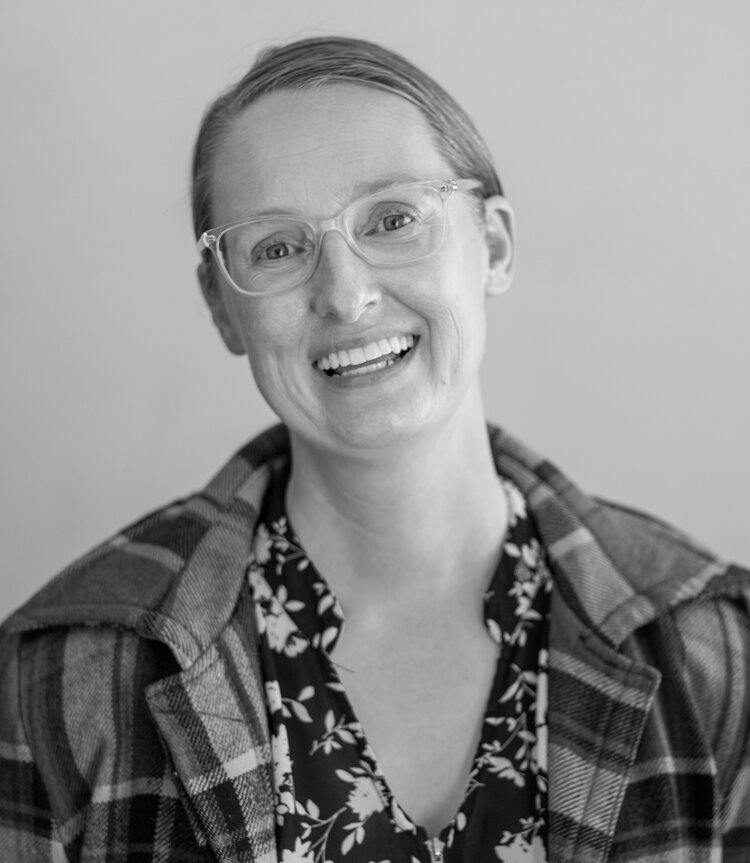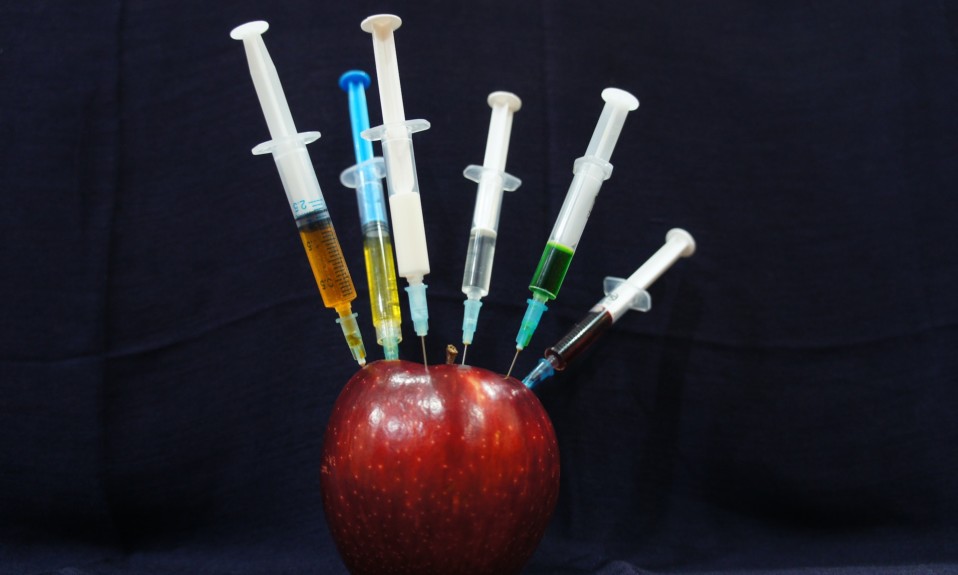The U.S. Justice Department has signaled a new openness toward a proven harm reduction measure
By Veronica L. Holyfield
The U.S. Justice Department has indicated that it may be turning a corner in its approach to safe injection sites (SIS) for intravenous drug users. In a statement to The Associated Press on Feb. 4, the department said it is “evaluating” such facilities and speaking with regulators about “appropriate guardrails for such sites, as part of an overall approach to harm reduction and public safety.”
Safe injection sites—also known as supervised injection sites, overdose prevention centers and drug consumption rooms—provide a user with a safe place to consume drugs, with a trained clinician prepared to intervene in the event of an overdose. For folks who are addicted to drugs such as heroin, fentanyl and other IV opioids, creating safe and supervised spaces can not only save lives, but also provide clean materials to prevent the spread of diseases.
“Overdose prevention sites in our community would be a game-changer to reduce public drug use and save lives.“
—Lisa Raville, Harm Reduction Action Center, Denver
Critics, however, argue that safe injection sites encourage illegal drug use and hurt neighborhoods. Under the Trump administration the federal government opposed such programs—in U.S. appeals court in January 2021, federal prosecutors successfully argued that a proposed Philadelphia safe injection program would violate an ’80s-era “crackhouse” law that banned the operation of places for the consumption of illicit drugs.
Safe Injection Sites: Denver’s Aborted Attempt
In Denver, Lisa Raville, executive director of the Harm Reduction Action Center, believes that supervision of drug injection in a sterile environment benefits the user and is safer for the neighborhood at large.
“Overdose prevention sites in our community would be a game-changer to reduce public drug use and save lives in the event of an overdose,” says Raville. “We are hopeful about the positive direction of the U.S. Justice Department and hope that this will allow us to bring this evidence-based public health intervention as soon as possible.”
According to the U.S. Centers for Disease Control and Prevention (CDC), more than 100,000 Americans died from drug overdoses from May 2020 to April 2021. As part of its mission for the nearly 200 Denverites it serves annually, the Harm Reduction Action Center has worked alongside lawmakers, healthcare providers and law enforcement for more than a decade to promote a common vision of a healthy and safe community. Just a few years ago, safe injection sites seemed like they would be part of that vision.
In November 2018, Denver’s city council approved an ordinance for a pilot program that would make it the first city in the nation with a supervised site for IV drug users. The move needed state approval, however, and the political pushback was swift, especially among conservatives.

“There are no heroin injection sites in the United States, and we don’t need the first to be here in Colorado,” state GOP chairman Jeff Hays told Colorado Public Radio (CPR) in February 2019. He vowed that Republican state legislators in both the House and Senate would take a stand against any potential bill. “A policy that incentivizes self-destructive behavior and increases the number of overdose deaths is the opposite of compassionate.”
In the face of political opposition, Democratic state senator Brittany Pettersen, the sponsor of the bill that would give the city the go-ahead, decided to table the issue until the political winds were more favorable. Pettersen, a powerful advocate for addiction treatment resources, told CPR, “Ultimately, I’m not willing to bring a bill that I don’t have a chance of passing.”
That was three years ago.
“Denver City Council voted for an exemption of the nuisance ordinance to give a nod to the state that Denver wanted to try something different,” Raville says. “That passed over 900 drug-related deaths ago in Denver. We need to be able to provide this life-saving intervention.”
The Future of Safe Injection Sites
Safe injection sites have been around in Canada, Australia and Europe for years. But it wasn’t until November 2021 that New York City opened the U.S.’s first official overdose prevention center. Rhode Island’s two-year pilot program, approved last summer, is scheduled to begin operation this spring.
This apparent new stance from the Justice Department could be just the impetus needed for more cities, states and government entities to join the SIS effort. The need is there.
Top photo: Sara Bakhshi













